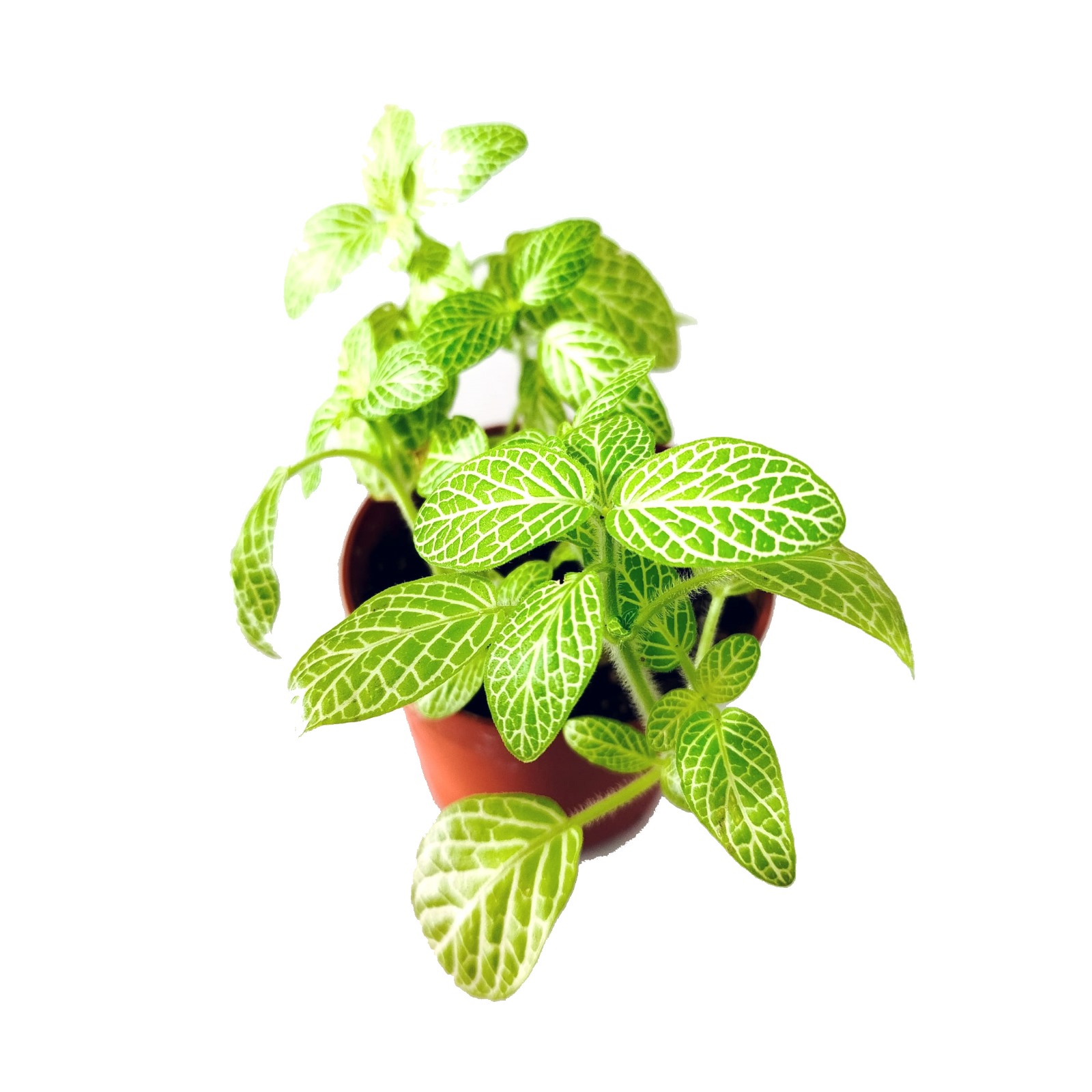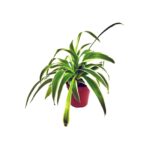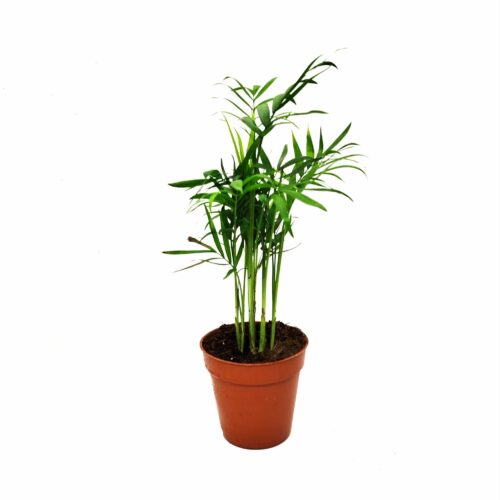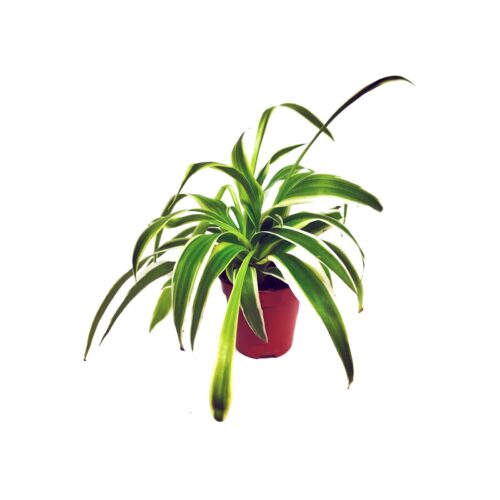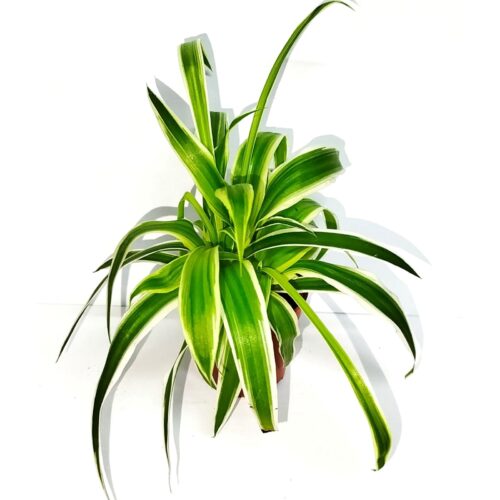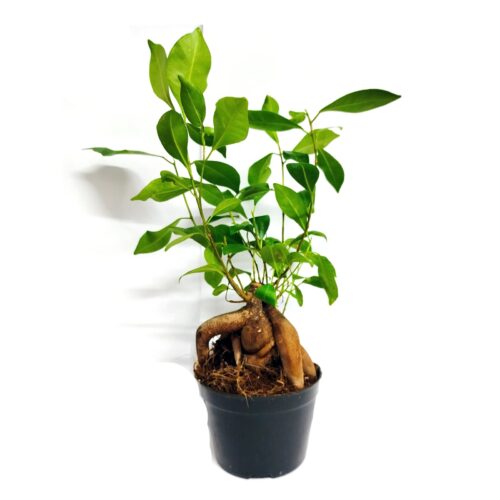Fittonia Green
3,50€
The Fittonia Green is perfect for decorating your home, terrarium, or paludarium. With its green leaves and white veins, it adds an exotic touch. Additionally, it is easy to care for and safe for pets. Ideal for any space! 🌿
Characteristics:
- Pot Size: 6.5 – 8.8 cm.
- For home, terrarium, or paludarium.
- Indoor use.
there is stock
Technical Sheet – Fittonia Green (Fittonia albivenis)
Description:
The Fittonia Green is a perennial plant with small leaves, ideal for home decoration, terrariums, and paludariums. Its vibrant green leaves with white veins give it a very decorative appearance. This low-growing plant adapts well to humid environments and low light, making it perfect for creating microclimates in enclosed spaces.
Characteristics:
- Scientific name: Fittonia albivenis
- Common name: Fittonia Green, nerve plant
- Family: Acanthaceae
- Origin: South America (mainly Peru and Colombia)
- Type of plant: Perennial, creeping growth
- Size: Reaches 10 to 15 cm in height and can spread 20 to 30 cm wide.
- Color: Green leaves with white veins.
Care:
- Light: Prefers indirect light or partial shade; adapts well to low-light conditions.
- Humidity: Requires a humid environment (70-90%), ideal for terrariums and paludariums.
- Watering: Keep the substrate consistently slightly moist, avoiding waterlogging.
- Temperature: 18-24°C. Does not tolerate temperatures below 15°C.
- Soil: Loose and well-draining, rich in organic matter.
Uses in Terrariums and Paludariums:
The Fittonia Green is ideal for creating a natural environment in tropical terrariums and paludariums, adding color and texture. Additionally, its compact size makes it an excellent choice for decorating humid and shaded areas. It is also safe and non-toxic for reptiles, arthropods, and other pets.
Advantages:
- Decorative and Versatile: Its green leaves with white veins add an exotic and elegant touch, making it an ideal plant for both home decoration and terrariums and paludariums.
- Easy to Care for: Adapts to indirect light or partial shade and requires moderate watering, making it perfect for beginners.
- Humid Environment: Ideal for environments with high humidity, fitting perfectly in tropical terrariums and paludariums.
- Non-toxic: Safe for pets, reptiles, and arthropods, allowing for worry-free use in spaces shared with animals.
- Microclimate Control: Helps maintain humidity and air quality in its environment, benefiting other organisms present in the terrarium or paludarium.
Related products
Matucana madisoniorum
there is stock
Neoregelia Fireball “Verde”
there is stock
- Indoor.
- Toxicity (read technical data sheet)
Sansevieria cylindrica (Mikado)
Sold out
Bromelia Guzmania
Sold out
Sansevieria trifasciata
there is stock
- Pot size: 5 cm – 9 cm (Select option).
- Indoor
Chamaedorea elegans
Sold out
Cinta Plant (Chlorophytum comosum ‘Bambino’)
there is stock
- Pot: 6.5 - 8.8 (cm)
- Small size
- Indoor use
Ficus Ginseng
there is stock
- Suitable for home or terrariums.
- Size may vary between 10 - 20 cm approximately.
- Ideal for indoor use.

